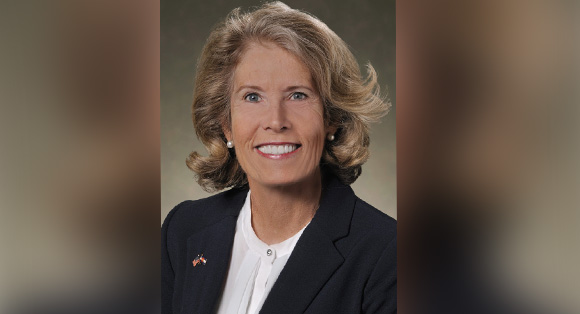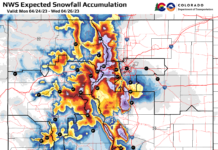by Joyce Rankin State Board of Education, Third Congressional District
The hot topic these days is how to open schools safely this fall, or whether or not they should be opened at all. Everyone seems to have their own opinion and is awaiting their district’s decision.
When schools were originally closed to “in-person” learning last Spring, there was near-universal acceptance of the executive order to stay at home to protect yourself and your family from Covid 19. As more information was known about the Coronavirus, and people became more informed about how to protect themselves, they slowly ventured out of their homes back into the community.
With the reopening of stores and restaurants, people again felt more comfortable about returning to some semblance of normalcy, although at varying levels. Many elderly and those with compromised immunity systems still chose to remain at home or take extra precautions while the younger, less vulnerable, ventured outside. Of course, there were variations in between.
Communities are experiencing vast differences in the number of people that have been infected with the virus. In large cities, there seems to be greater risk, so schools are beginning the year at a later date or remotely (online). Other communities, especially in the rural areas, have experienced far fewer cases of the virus and are opening in-person on a regular schedule. By now we’ve all heard of the different plans for opening schools being considered in the 178 school districts in Colorado, including in-person, distance or online, blended being a combination of both and more creative “pods” where parents contract directly with teachers for small-group full-day instruction.
The Colorado Department of Education (CDE) has posted information about Covid 19 and safely opening schools on their website. This information has been updated regularly as conditions change. Local districts make their own determination regarding opening based on the CDE information generally and, more specifically, based on what their local health department is recommending, responsibly to ensure this governance model remains relevant and respected by voters and state and federal policy-makers. In sum and practically speaking, “local control of instruction” translates into the ability of individual school boards to make decisions on issues such as curriculum, personnel, budget, school calendars and classroom policy”.
It’s a dynamic situation depending on local conditions. Uncertainty is the challenge. In order to provide more certainty, local districts are considering contingencies if there is an uptick in cases. Will the school be closed? Will a positive testing student be sent home to be quarantined? Will parents be notified of new cases? These are some of the questions local communities are working through as they plan to open.
Some districts, like Gunnison Watershed, have already developed their “initial” plan for opening. Superintendent Leslie Nichols, like CDE, has posted their plan Return to School Handbook on the district website. This is one way districts can keep parents and the taxpayer community informed of any changes as the school year progresses. If you have further questions visit your local district or school website. If you cannot find answers there, contact your local district directly or the members of your school board.
Please let me know your thoughts on this, or any other, educational concerns.
Joyce Rankin is on the State Board of Education representing the Third Congressional District. She writes the monthly column, “Across the Street” to share with constituents in the 29 counties she represents. The Department of Education, where the State Board of Education meets, is located across the street from the Capitol. She can be reached at: joycesrankin@gmail.com









